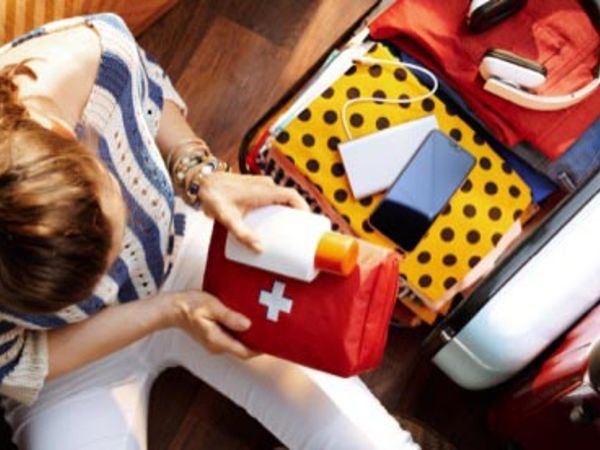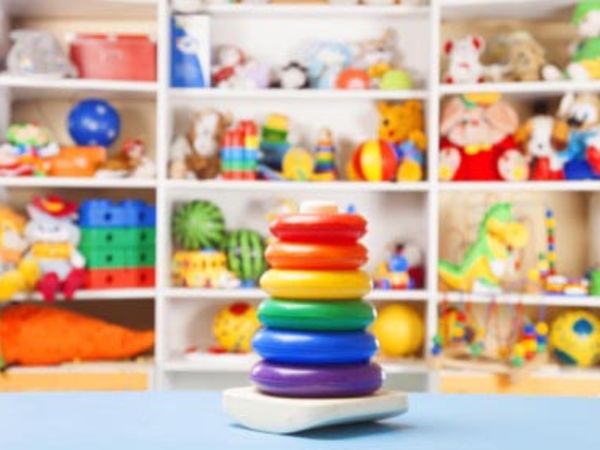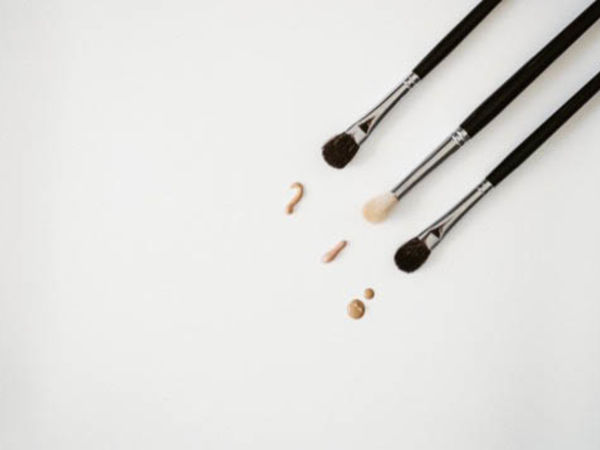By continuing to use this site, you agree to our use of cookies.
How To Pack Dishes
Feb 12, 2019
How to pack bowls, plates and other dishes
Packing dishes isn’t difficult, but since most of them will be fragile, it may take some time. Repeating the process over and over for each piece can get tiresome, but taking the time to do it correctly helps ensure they arrive in good condition. Below are the simple steps to pack dishes.

Packing material for dishes
This is definitely not an area where you would want to skip on packing supplies. Because they’re fragile, the more packing materials, the better. You’ll need:
- Moving boxes, both small and medium (dish pack boxes add extra protection, but they aren’t required)
- Bubble Wrap®
- Packing paper (NOT newspaper; ink can transfer onto dishes)
- Packing tape
- Marker
Once everything is ready, clear a space on the counter or a tabletop for packing, size like dishes together, and then set out a large stack of packing paper.
How to pack dishes
- Prepare the boxes. Since these boxes will be carrying heavy, fragile items, use several layers of packing tape on the seams and along the bottom of each box. Pad inside with a layer of packing paper, and be careful not to overfill. We recommend keeping the weight of any single box to 40 pounds or less.
- Wrap each dish. Place one dish in the center of a sheet of packing paper and pull up the corners to the middle, folding the paper to enclose it fully.
- Bundle plates together before packing. Once four similar items are wrapped, stack them together, wrap them again, then tape the paper to keep it bundled tightly.
- Fill empty spaces in the box. When filling the box, place heavier dishes on the bottom and more fragile ones on top. Fill any extra spaces with crumpled packing paper (or kitchen linens if you have them). If the contents shift when gently shaking the box, add more filler.
- Tape and label the box. Tape the top well, and label it “Dishes” and “Fragile.” Also mark which way is up, so it is loaded correctly.
- Use care when loading dishes. Place boxes containing dishes and china near the floor of the moving equipment, and avoid stacking heaving things on top that could crush them.
Packing tips for specific pieces
- Plates: Place vertically in the box, like you would load them in a dishwasher. Wrap differently sized pieces in separate bundles.
- Bowls: Nest like-sized bowls together (like plates), and put some packing paper in the top of each bowl for support. Also put these in the box vertically.
- Cups and glasses: Package these individually, placing paper inside. Load them in the box upside down.
- Mugs and Teacups: Cover handles well, and place packing paper inside for support. Wrap each one individually.
- Stemware: Use Bubble Wrap®on the stem, then wrap the entire piece in packing paper, making sure paper fills the inside of the glass. Place upside down in a box, and do not stack anything on top.
- Odd-shaped pieces: If the piece has a lid, remove it and wrap it separately. Wrap any handles well with Bubble Wrap®. Protect odd-shaped dishes completely with packing paper. Use tape if you need to cover it completely, but be careful only to apply tape to the paper (as it could damage the finish of the dishes).
Looking for more packing tips? Check out the U-Pack packing guide.
How to pack china
Because china is often more fragile and expensive than regular dishes, more care is needed. Use the same guidelines as above, but be sure to use use two sheets of packing paper (instead of one for regular dishes) when wrapping individual pieces of china. When bundling plates and bowls together, use Bubble Wrap® for extra protection.
Have questions about packing dishes?
Leave a comment below, and we’ll be happy to help!
More articles you might like...



